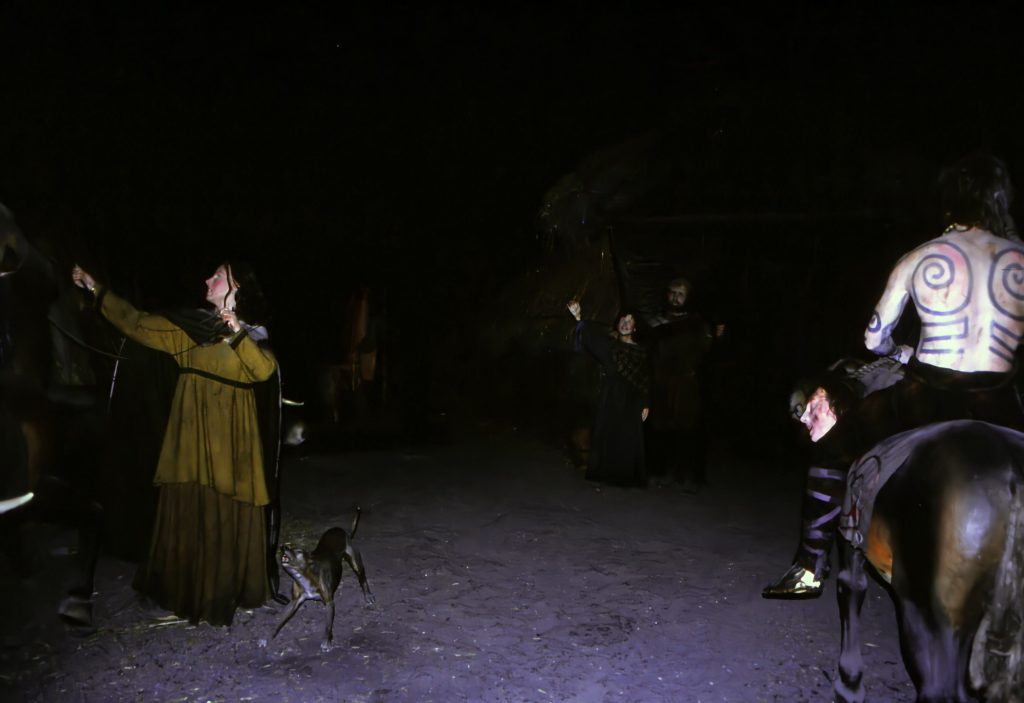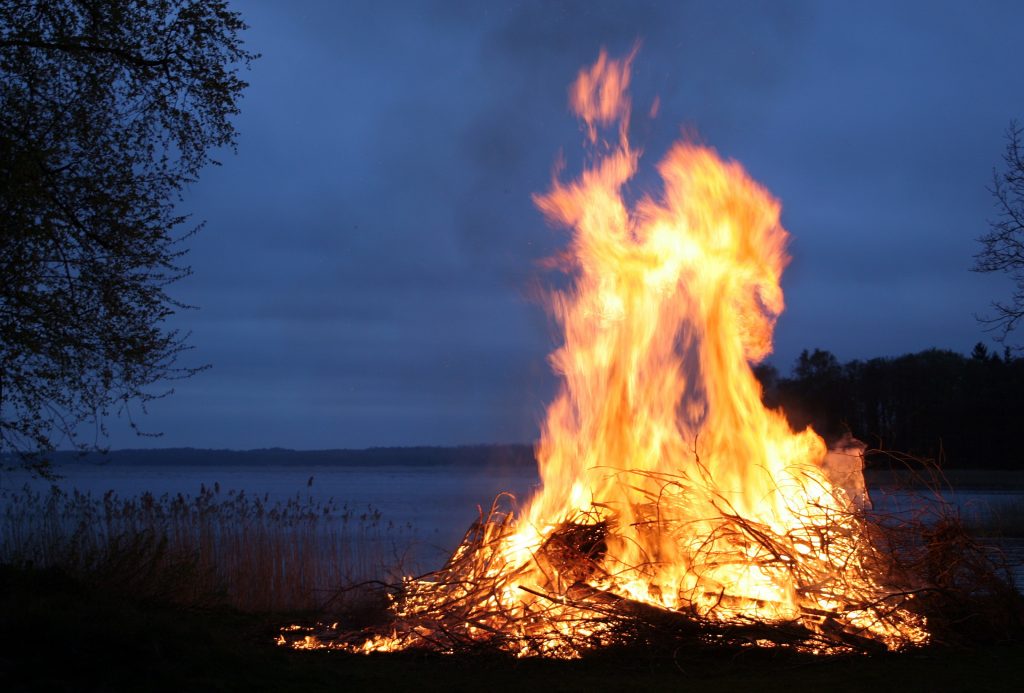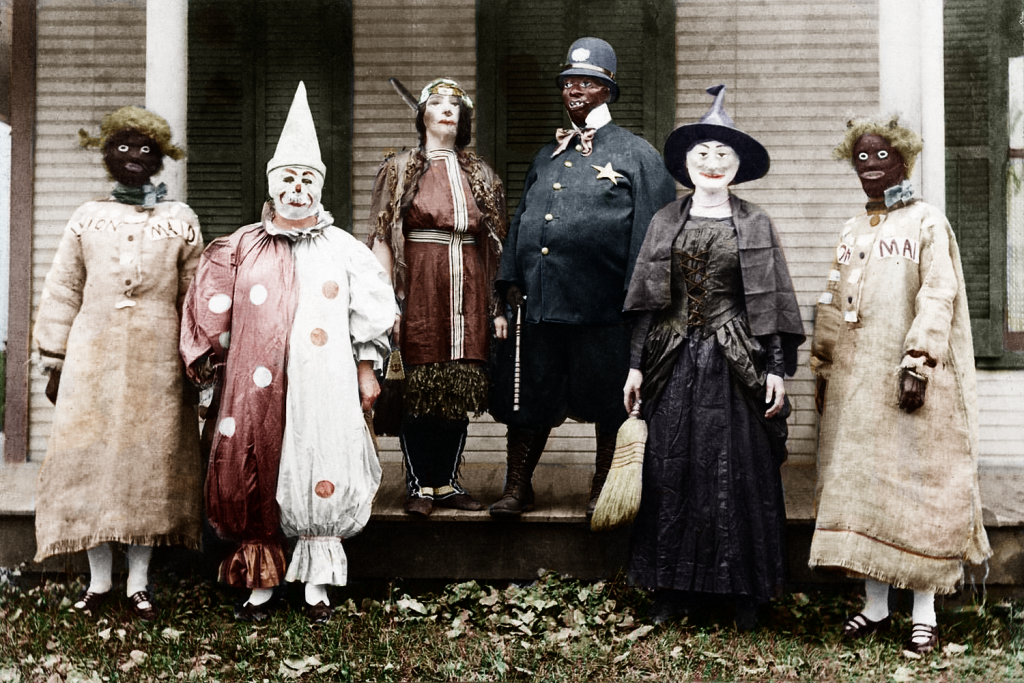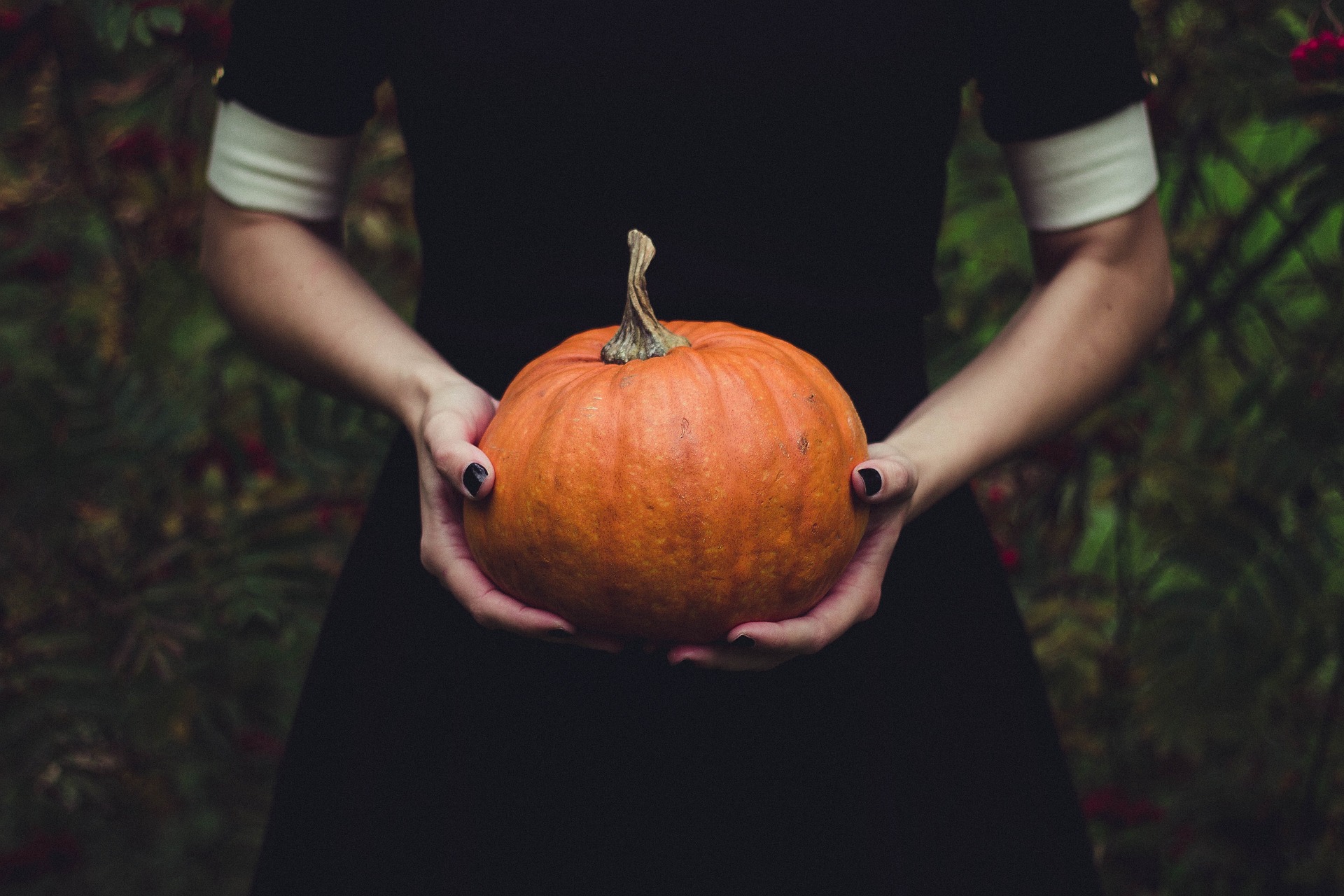 alloween is the second most cherished global celebration which has really exploded in the last century. Halloween has not only become a staple all around the world, but it has really evolved to be appreciated by people of all ages, not just children. However, not many people are aware of the history behind Halloween and most importantly, how differently it used to be celebrated compared to today.
alloween is the second most cherished global celebration which has really exploded in the last century. Halloween has not only become a staple all around the world, but it has really evolved to be appreciated by people of all ages, not just children. However, not many people are aware of the history behind Halloween and most importantly, how differently it used to be celebrated compared to today.
This holiday had been inspired by a pagan religious festival known as Samhain which originated from an ancient Celtic spiritual tradition. Samhain, a Gaelic holiday that is pronounced “SAH-win,” is typically observed in modern times from October 31 to November 1 to celebrate the harvest and usher in “the dark half of the year.” In accordance with popular belief, during Samhain, the partitions separating the material world from the spirit realm dissolve, facilitating more contact between people and inhabitants of the Otherworld (the world of the dead).

Folklore and traditions also refer to it as a time of intense mysticism. Huge bonfires were created by Celtic priests, divination procedures were used, and rites to ward off ghosts were performed—but many of these traditions are still shrouded in obscurity because they didn’t retain written records. The legends say that during this festivity the Celts would sacrifice animals in some cases humans by burning them.

By the seventh century, Christianity had spread throughout much of Western Europe. Lemuria, a celebration of the dead that the Romans had observed every May, was now a feast day for Catholic saints. Pope Gregory III changed the yearly celebration for Romans (which was the forerunner of All Saints’ Day) to November 1—precisely around the time Samhain occurred—and Pope Gregory IV changed it for the Western Church. It is still unclear to historians whether the change was done to make Samhain a Christian event or whether it was simply more practical to hold the feast in the fall when harvest crops could be used to feed hungry pilgrims making their way to Rome.
With time and other changes as well as adaptations by Christianity, the event became less about sacrifices and getting in contact with the dead, and more about giving to others as the principle of Christianity. Most of you are probably wondering how did we go from Samhain to Halloween. The traditional night of Samhain in the Celtic religion began to be called All-Hallows Eve and, eventually, Halloween.

The reason behind trick or treating is known from the early medieval period. As this was a time when the portal to the dead would open, many pranksters started dressing up as the dead and scaring people. Those who would give offering such as sweets would be left alone, whilst those that refused would be tricked, therefore trick or treat.
Avid Writer with invaluable knowledge of Humanity!
Upcoming historian with over 30 million views online.
“You make your own life.”





